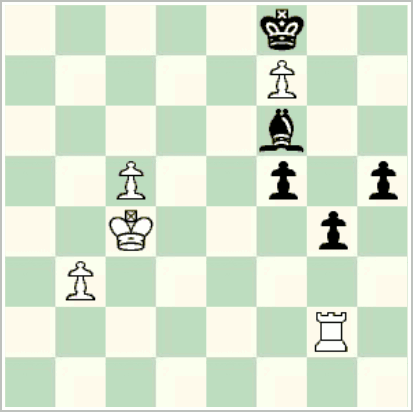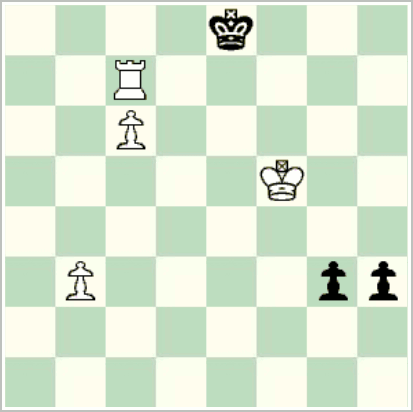I’m delighted to report that David McAlister has found several more games from this event. Here’s an excerpt from his email explaining the background:
“Opening some storage boxes in preparation for further organising my new study I came across my trove of Tom Clarke scoresheets.
Despite my previous pessimism it turns out that Tom had kept scoresheets from the 1980 Irish Championship – 5 of his own games (without a duplicate for his game with Jack Killane). Tom had written “COPY” on all these scoresheets so it seems he had transcribed the moves from his original scoresheets (probably made my task easier!).
As an added bonus, Tom also had the scoresheet from Allen-Delaney in round 2 – I am reasonably certain it is Keith Allen’s scoresheet – certainly not Tom’s writing even if you ignore the German algebraic used. The scoresheet looks like it has been crumpled up and thrown in a wastebasket and then retrieved and flattened out. Probably, as Tom and Keith were good friends, Tom had acquired the scoresheet to help prepare for his Round 8 game with Delaney. [Incidentally that game ends just as it is getting interesting with White worse (maybe quite a bit worse) but it is sharp – Delaney may have offered a draw because of his tournament position.]”
The most interesting game is a fragment: in Tom’s round 3 game against Guy Lyons, the score breaks off at move 9, but we know from newspaper reports that the game was adjourned. The scoresheet gives the diagrammed position, without saying whose turn it is to move.

Adjourned position
If it’s White to move, the position would be an easy win, after 1. Rd2 Kxf7 2. c6 Be5 3. c7; since the game ended in a draw, that seems unlikely.
So let us assume that it must be Black to move. What then? It seems that the position is very hard for White to hold; I can’t see that it is possible at all. One sample continuation might be 1… Kxf7 2. Kd5 h4 3. c6 Bd8 4. Ke5 (if 4. Kd6, the rook will be unable to stop the pawns) 4… h3 5. Rd2 Bc7+ 6. Kxf5 g3 7. Rc7+ Ke8 8. Rxc7 (second diagram).

8… ?
This position is within range of the Lomonosov tablebases, which show that Black is winning after either 8… h2 or 8… Kd8, e.g., 8… h2 9. Rh7 Kd8 10. c7+ Kc8 11. Ke6 g2 12. Rxh2 g1=Q.
An interesting wrinkle is that 8… g2? from the diagram only draws. After 9. Rg7 Kd8 10. c7+ Kc8, White has the problem-like 11. Ke5! (only move), with the point that after 11… h2 12. Rxg2 h1=Q 13. Rc2, Black has no useful checks, and can’t prevent White from setting up a fortress. For example, 13… Qd1 14. Rc4 Qxb3 15. Kd4, and Black cannot make any progress.
[Click to replay.] (Note that clicking the triangle at right below the board steps into variations.)
The tournament report has been updated with the new games.
